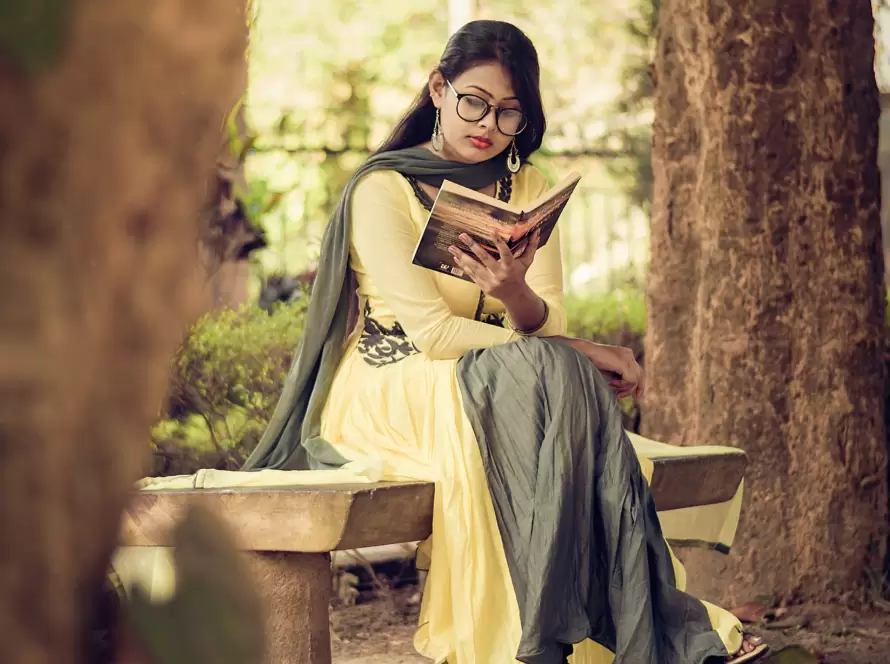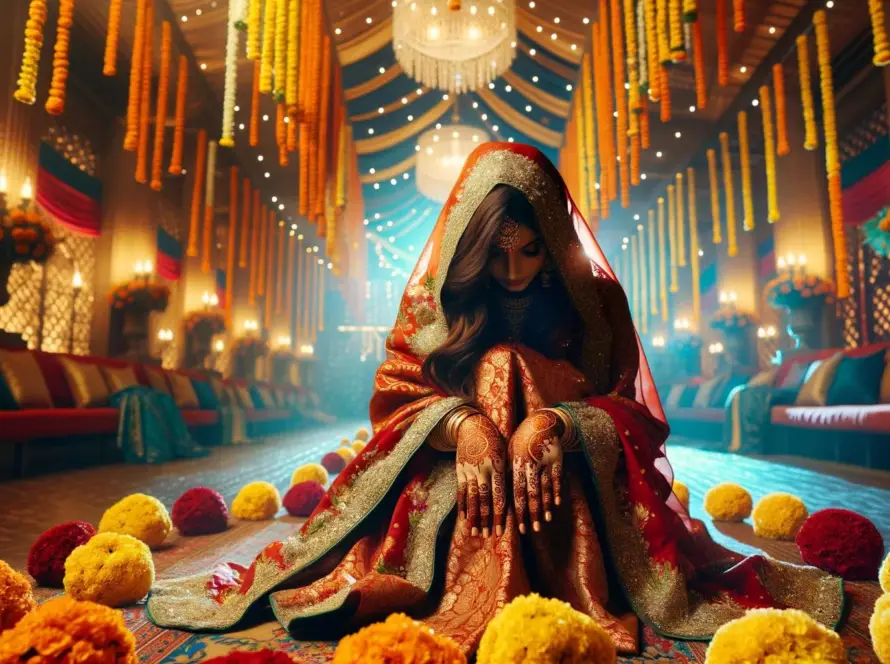Generated by Contentify AI

Introduction
India’s rich cultural heritage is a tapestry of diverse traditions, languages, art forms, and rituals. From the ancient architectural marvels like the Taj Mahal to the vibrant and colorful festivals like Holi and Diwali, India’s cultural heritage is a source of immense pride and fascination. The country’s classical dances, music, literature, and cuisine all contribute to its unique and captivating cultural landscape, making it a treasure trove for those seeking to immerse themselves in a rich and extraordinary cultural experience.
An Introduction to India’s Rich Cultural Heritage
India’s cultural heritage is a mosaic of traditions, customs, and arts that have evolved over centuries. From the intricate architectural wonders like the Ajanta and Ellora caves to the timeless classical dance forms such as Bharatanatyam and Kathak, India’s cultural richness is a testament to its history and diversity. The country’s literature, with epics like the Ramayana and Mahabharata, and its culinary delights further contribute to this vibrant tapestry. India’s rich cultural heritage is a source of fascination for people around the world, offering a glimpse into a civilization steeped in tradition and innovation.
The History of Indian Culture
India’s cultural heritage is a magnificent tapestry woven from centuries of history, traditions, and diverse influences. The roots of Indian culture run deep, reaching back thousands of years and encompassing a wealth of art forms, languages, and customs. From the grandeur of Mughal architecture to the intricacies of classical dance forms like Bharatanatyam and Odissi, India’s cultural legacy is a testament to its rich and diverse past. The country’s literature, including revered texts like the Vedas and the Upanishads, as well as its culinary traditions, add further layers to this vibrant heritage. The cultural landscape of India is a treasure trove for those seeking to explore the depth and beauty of a civilization shaped by a myriad of influences and traditions.
Traditional Indian Arts and Crafts
India’s traditional arts and crafts are an integral part of the country’s rich cultural heritage. The diversity of India’s artistry is showcased in its range of traditional crafts, including pottery, textile weaving, jewelry making, and wood carving. Each region of India boasts its own unique art forms, often passed down through generations, reflecting the country’s cultural depth and creativity. From the colorful and intricate embroidery of Gujarat to the elegant Tanjore paintings of Tamil Nadu, these traditional arts not only represent India’s cultural heritage but also contribute significantly to the country’s artistic identity on the global stage. The art and craft traditions of India are a source of immense pride and continue to be celebrated and preserved as an essential part of the nation’s cultural legacy.
Religious Diversity and Festivals
India’s religious diversity is a cornerstone of its rich cultural heritage. With a plethora of religions coexisting harmoniously, including Hinduism, Islam, Sikhism, Buddhism, and Jainism, India is a melting pot of spiritual beliefs and practices. The country’s festivals, such as Diwali, Eid, Holi, and Christmas, are celebrated with great fervor and symbolize the unity amid diversity. These vibrant festivities not only showcase India’s cultural richness but also serve as a testament to the spirit of inclusivity and communal harmony that defines the nation. The religious diversity and the colorful tapestry of festivals are an integral part of India’s cultural identity, drawing visitors from around the world to experience the magnificence of this cultural mosaic.
Architectural Marvels of India
India’s architectural marvels stand as a testament to the country’s rich cultural heritage. From the iconic Taj Mahal to the ancient cave temples of Ajanta and Ellora, these structures showcase the intricate craftsmanship and the historical significance of India’s architectural legacy. The influences of various dynasties and rulers have left a lasting imprint on the architecture, resulting in a diverse range of styles such as Mughal, Rajput, and Dravidian. Each monument tells a story of India’s past, reflecting the fusion of artistic expression and cultural grandeur. The architectural marvels of India not only attract tourists from around the world but also serve as a source of national pride, underscoring the country’s rich cultural heritage and artistic prowess.
Culinary Traditions and Cuisine
India’s culinary traditions and cuisine are an integral part of the country’s rich cultural heritage. The diverse flavors, spices, and cooking techniques reflect the geographical, historical, and cultural influences that have shaped Indian cuisine over millennia. From the tantalizing street food offerings to the elaborate feasts during festivals and celebrations, the culinary landscape of India is a testament to its vibrant and diverse culture. Each region of India boasts its own unique culinary identity, showcasing a myriad of dishes, from the rich and creamy curries of the North to the spicy and tangy flavors of the South. The use of aromatic spices, such as cardamom, cumin, and turmeric, sets Indian cuisine apart and has garnered global recognition for its complexity and depth of flavors. The richness of India’s culinary heritage not only delights the taste buds but also serves as a reflection of the country’s cultural tapestry, offering a captivating journey for food enthusiasts and cultural aficionados alike.
Exploring and Celebrating India’s Cultural Legacy
India’s rich cultural heritage is a captivating tapestry woven from centuries of history, traditions, and diverse influences. The roots of Indian culture run deep, reaching back thousands of years and encompassing a wealth of art forms, languages, and customs. From the grandeur of Mughal architecture to the intricacies of classical dance forms like Bharatanatyam and Odissi, India’s cultural legacy is a testament to its rich and diverse past. The country’s literature, including revered texts like the Vedas and the Upanishads, as well as its culinary traditions, add further layers to this vibrant heritage. The cultural landscape of India is a treasure trove for those seeking to explore the depth and beauty of a civilization shaped by a myriad of influences and traditions.
Conclusion
India’s rich and diverse cultural heritage is a tapestry woven from centuries of history, traditions, and artistic expressions. The country’s architectural marvels, such as the iconic Taj Mahal and the ancient cave temples of Ajanta and Ellora, stand as testaments to the intricate craftsmanship and historical significance that define India’s architectural legacy. The vibrant and colorful festivals, including Diwali and Holi, showcase the country’s spirit of celebration and communal harmony. India’s traditional arts and crafts, religious diversity, and culinary traditions further contribute to its cultural richness, offering a captivating and immersive experience for those seeking to explore the depth and beauty of this ancient civilization.



